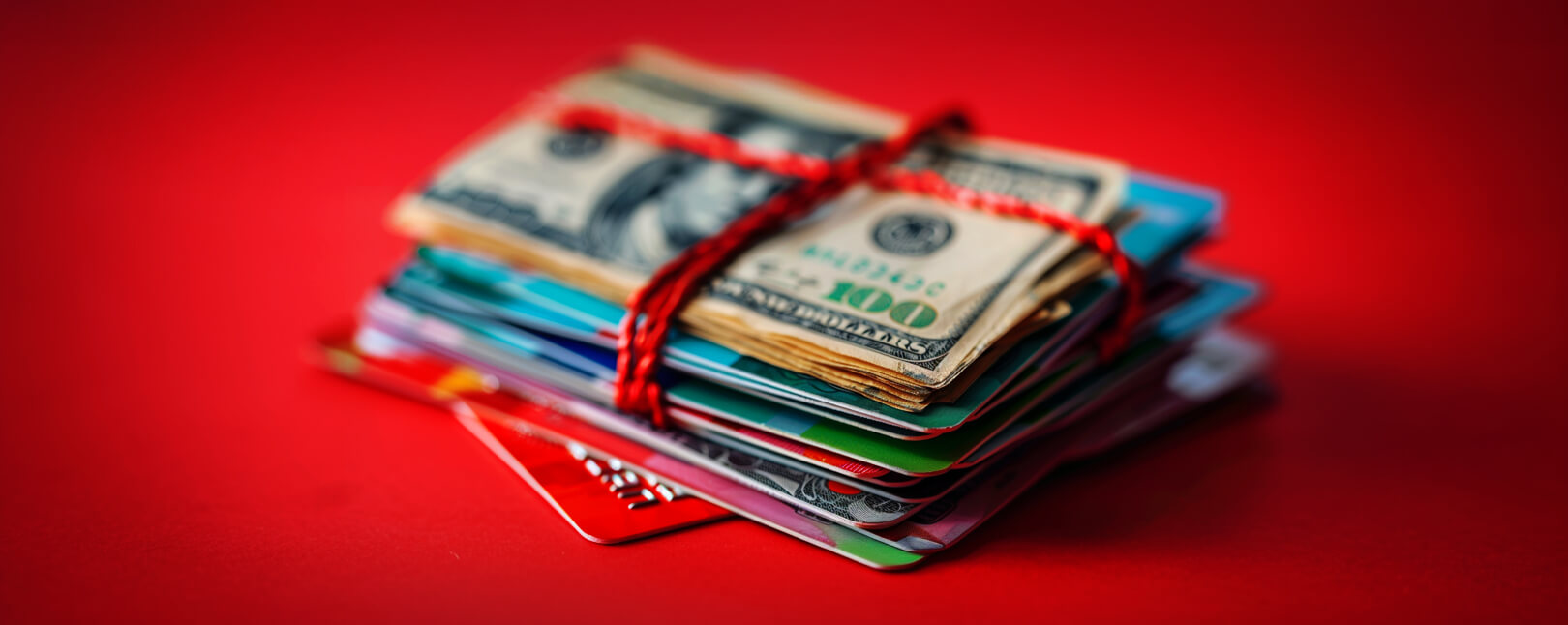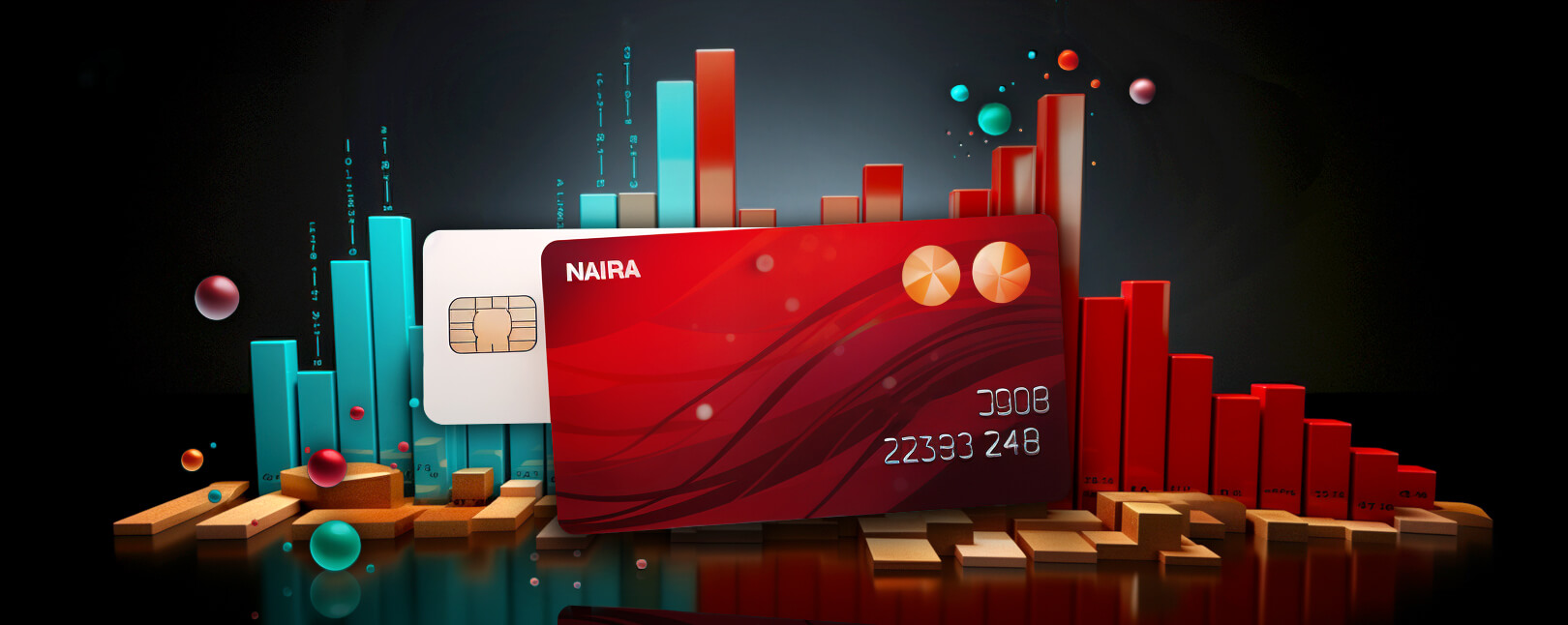What Do Transaction IDs Have to do With Chargeback & Fraud Management?
Suppose you just started working with a new merchant account processor. They sent you an invoice featuring a bunch of numbers and transaction notes. The transaction ID number tied to the sale will be included in that jumble of figures.
What is the transaction ID, though? How it works and why it’s important are all things you should familiarize yourself with as soon as possible.
Not sure where to start? Don’t worry: we can help.
Recommended reading
What Is a Transaction ID?
- Transaction ID
A transaction ID is a sequence of numbers generated during the electronic transfer of funds from a consumer to a merchant. The number is used to identify a transaction for recordkeeping purposes.
[noun]/* tran • zak • SH(ə)n • ī • dē/
Transaction IDs are often easily located on a receipt or invoice near other essential transaction data like the merchant name, billing address, date of purchase, and order number. Computers use them to sort relevant information tied to a transaction.
Transaction IDs shouldn’t be confused with terminal IDs, purchase orders, or payment ID numbers. Order numbers are private to the business making the sale and wouldn’t necessarily be included in a processor’s invoice. In contrast, these IDs are assigned by the processor that facilitates the purchase and are assigned randomly.
Payment ID numbers are processor-specific and function much like a merchant ID number on an invoice. All of these numbers will appear at the top of a purchase receipt or billing invoice and be sorted according to relevance.
Why are Transaction IDs Used for?
Transaction IDs are key identifiers. Merchant bank accounts and payment processors need them to track and access transaction information. That is to say, by using an ID number, a processor or bank can quickly locate a particular transaction record in the event of a refund or dispute.
To illustrate: if you’re a merchant, and your customer requests a refund, you can use this number to locate the transaction in question and provide a fast response. If the customer requests a forced payment reversal, commonly known as a chargeback, the bank will use the transaction ID to find, investigate, and reverse the charge.
Transaction IDs may be needed to answer a number of questions about a purchase, including (but not limited to):
- The original listing price of the item in question
- How much was transferred from the customer’s bank during a transaction
- The payment method used: credit, debit, or alternative payment options
- Authentication methods used to verify the buyer
- Payment gateway information from the processor (Payment ID)
Where Do I Find a Transaction ID?
Unique transaction ID numbers appear on transaction receipts, billing invoices, or other proof of purchase when a payment is made via a payment gateway. The specific combination of numbers depends on the transaction’s processor, but is usually comprised of a 12-18 character alphanumeric code.
Keep in mind that maintaining access to this information is not optional. This information must be easy to locate, itemize, and sort. Your bank or processor should be able to pull up any pertinent transaction details without hassle, including your transaction history, payment methods, and customer identification.
Aside from good bookkeeping in general, if you receive a dispute or refund, your processor must provide these details to the issuing bank and confirm your merchant details.
Why Does the Transaction ID Matter?
We’ve hinted at this already. But, to put it bluntly: without a transaction ID, you would struggle to process refunds and be utterly defenseless against disputes.
These indicators were created to keep banks, processors, and merchants on the same page regarding transaction recording. While you may not need to know your transaction ID number until an issue arises, it is important to know when and where to find it when the time comes (above).
Maintaining critical transaction and customer information lets you swiftly retrieve vital transaction details whenever necessary. It will be this number that your POS or computer will use to process any refunds, for example. So, it’s in use, whether you realize it or not.
Marketing and sales present other applications for transaction IDs. Knowing what customers are buying, how much they’re spending, and how often are crucial details that can be very useful to your bottom line. This data can propel your most profitable products and services forward and help you streamline any issues that could introduce friction at checkout.
Can Fraudsters Trace Transaction IDs?
Short answer: no.
It’s true that transaction IDs can point you in the direction of sensitive, privileged information (customer names, addresses, phone numbers, and credit card numbers). However, the good news is that this information is heavily encrypted.
Since transaction IDs are randomized numbers specific only to individual, private transactions, they are tough to track or duplicate. The only way they can be traced is if someone has the exact alphanumeric code associated with that transaction and access to the relevant system. It would be challenging for fraudsters to access or use this information.
There is no such thing as a transaction ID tracker.
In theory, if a fraudster has access to breached data from the processor or gateway, or if they have successfully infiltrated the network in some way, they could use one of these numbers to commit fraud. However, this is extremely unlikely to happen in any case. Transaction IDs are hard to access out of network and are suitable for one use only.
That said, transaction IDs associated with the blockchain ate exceptions to this rule. All transactions on the blockchain are publicly viewable, including these IDs. This doesn’t necessarily mean you can see who purchased what on the blockchain, as most cryptocurrency accounts and exchanges are private. If one or both users in the exchange use a Bitcoin address, their information will remain locked behind a pseudonym.
The Role of Transaction IDs in Chargeback Management
As mentioned above, transaction IDs are crucial to any chargeback or fraud response. Banks and processors can quickly locate and retrieve the transaction details in question using a these numbers.
Without transaction IDs, you may be unable to prove precisely when and how a customer made a purchase. You’d be entirely at the mercy of disputes and chargebacks that result from missing transaction details.
The goal is to keep your overall chargeback ratio down. The speed with which you share transaction data with banks and processors, plus the accuracy of that data, makes a huge difference. Without this data, customers could file all sorts of disputes without sufficient evidence.
Access to your transaction ID can also vastly improve the quality of your chargeback responses. During the representment process, you will be required to provide compelling evidence that the disputed transaction was legitimate and should be upheld by the bank. To do this, you will need to provide the bank with information like your merchant account number, transaction total, chargeback amount, and more.
You would use your transaction ID to craft the best chargeback rebuttal letter possible. How you respond is determined by the chargeback reason code:
Download this sample Chargeback Rebuttal LetterWe want to clarify: this doesn’t imply that a transaction ID can reliably prevent chargebacks and fraud. That said, looking up purchases using this number can make it easier to provide info following an inquiry, possibly avoiding the need for a chargeback. It may also streamline the process of preparing a response when it’s time to fight back.
Need Additional Help?
If disputes are being filed against you, then professional chargeback management will provide benefits. In most scenarios, professional chargeback assistance can substantially raise your ROI. The key is finding the right partner.
The most effective chargeback professionals can deliver customized solutions for chargeback management with every facet of your dispute process.
Chargebacks911 can create a customized solution to fit your specific business. We can handle your chargebacks completely while maximizing your ROI. To learn more, contact us today.
FAQs
What is a Transaction ID?
A transaction ID is a sequence of numbers generated during the electronic transfer of funds from a consumer to a merchant. The number is used to identify a transaction for recordkeeping purposes.
Can you track a transaction ID?
No. While it is true that transaction IDs can contain a heap of sensitive, privileged information (customer names, addresses, phone numbers, and credit card numbers), the good news is that this information is heavily encrypted.
Since they are randomized numbers specific only to individual, private transactions, they are extremely hard to track or duplicate. The only way they can be traced is if someone has the exact alphanumeric code associated with that transaction. This means it would be challenging for fraudsters to access or use this information.
What can fraudsters do with a Transaction ID?
Not much, in reality. Transaction ID numbers are randomized numbers assigned to transactions individually and are immediately void after use. This makes accessing and copying this information extremely difficult and unlikely.
However, In theory, if a fraudster had access to a this number, and they have successfully infiltrated a merchant’s records, they could use one of these numbers to commit fraud. This is extremely unlikely, though.
How do I find my transaction ID?
Transaction IDs are often easily located on a receipt or invoice near other essential transaction data like the merchant name, billing address, date of purchase, and order number. Computers use these IDs to sort all relevant information per transaction.
Why should I include a transaction ID in my chargeback response?
Transaction IDs are a crucial element of any chargeback or fraud response. Banks and processors can quickly locate and retrieve the transaction details in question using your transaction ID. Without this ease of access, many problems can occur.
Depending on your managing card network and the chargeback reason code cited, you would use your transaction ID to craft the best chargeback rebuttal letter possible, as it provides a succinct snapshot of the transaction in dispute.














